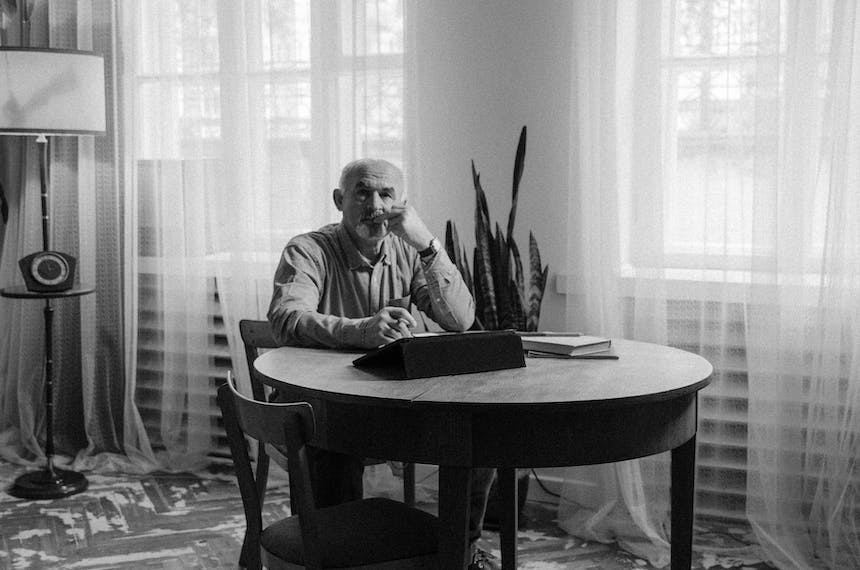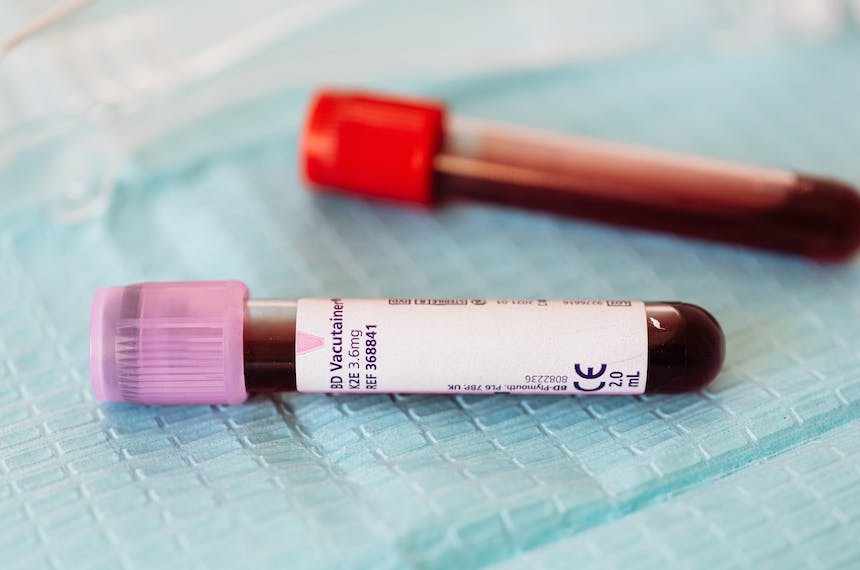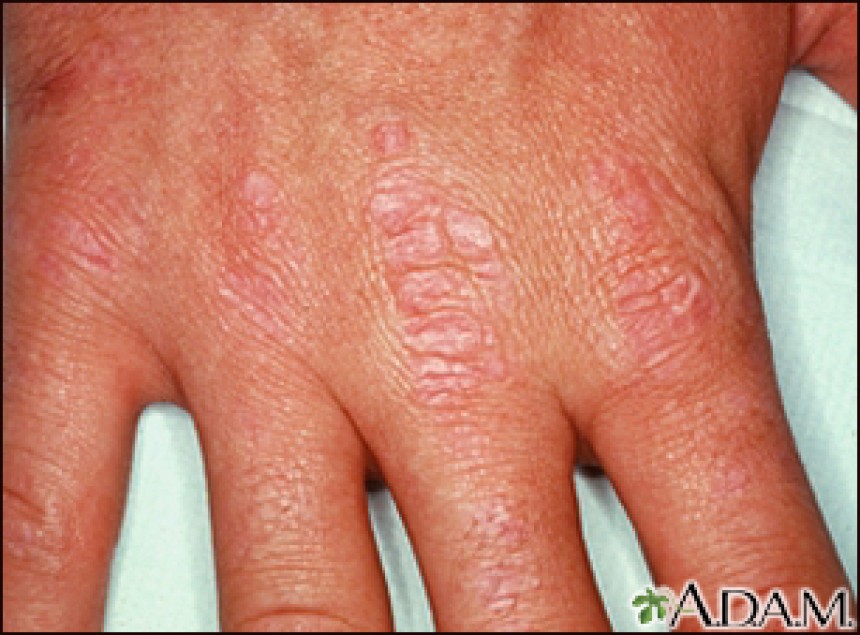
Parkinsons disease Peak dose Dyskinesia
Dyskinesia, often due to excessive dopamine stimulation, occurs after levodopa intake. Treatment options include adjusting levodopa dosing, using amantadine, or considering adjunctive therapies like low-dose clozapine. Some patients prefer living with dyskinesia.
Overview of Treatment for Dyskinesia in Parkinson's Disease:
Dyskinesia is caused by overstimulation of dopamine receptors. As a peak dose effect; it usually starts 30 to 60 minutes after levodopa dose. Peak dose dyskinesia appears when the patient is "on" and is often choreiform in nature. Not all dyskinesia requires treatment. A retrospective study suggested that 17% to 33% of dyskinesia which require medication adjustment at 5 and 10 years after levodopa treatment, respectively. Patients are either unaware of its presence, or they prefer being "on" with dyskinesia to being "off." However, when it becomes severe, treatment has to be considered. (1)
Treatment Strategies:
Treatment strategies include adjusting levodopa strategies, introducing amantadine and adjunctive therapies. Peak- dose dyskinesia can be managed by lowering the levodopa dose, shortening the inter- dose interval (lower individual doses and more frequent doses) and switching to a longer- acting formulation of oral levodopa, such as, controlled release tablet (CR) at a starting dose of 50/200 mg orally twice a day, or extended release capsules (ER) at an initial dose 23.75/ 95 mg orally three times daily for 3 days with a possible increase to 36.25/145 mg. However, this approach for advanced patients; reducing the dose of levodopa below therapeutic threshold, may result in complete failure to generate an "on" effect. (2)
Amantadine for Dyskinesia:
Amantadine, at a starting dose of 100 mg per day, is generally better tolerated and can be used in treating dyskinesia in advanced cases when other medications including levodopa are optimized. (3, 4)
Adjunctive Therapies:
A low dose of clozapine (30- 50 mg daily), which is atypical antipsychotic, can be considered in patients with refractory dyskinesia. But, those patients will likely need both close neurological and psychiatric monitoring. Also clozapine needs obtaining the white blood cell count and absolute neutrophil count at baseline and weekly for the first six months of continuous treatment. (5)
References
1- Van Gerpen JA, Kumar N, Bower JH, et al. Levodopa-associated dyskinesia risk among Parkinson disease patients in Olmsted County, Minnesota, 1976-1990. Arch Neurol 2006; 63:205.
2- Odin P, Ray Chaudhuri K, Slevin JT, et al. Collective physician perspectives on non-oral medication approaches for the management of clinically relevant unresolved issues in Parkinson's disease: Consensus from an international survey and discussion program. Parkinsonism Relat Disord 2015; 21:1133.
3- Connolly BS, Lang AE. Pharmacological treatment of Parkinson disease: a review. JAMA 2014; 311:1670.
4- Wagle Shukla A. Extended-Release Amantadine-A Smart Pill for Treatment of Levodopa-Induced Dyskinesia but Does the Evidence Justify the Cost? JAMA Neurol 2017; 74:904.
5- Durif F, Debilly B, Galitzky M, et al. Clozapine improves dyskinesias in Parkinson disease: a double-blind, placebo-controlled study. Neurology 2004; 62:381.





